Day: 48-51
Km travelled: 1,990.85 km
Steps: 58,032 (that's an average of 14,508 per day!)
Location: Porto, Portugal
October 24-27, 2017
 After almost 3 weeks spent in the UK & Ireland, I was ready to return to mainland Europe and more than ready to experience some sunshine and potential some warmth (fingers crossed). I flew from Dublin to Lisbon, Portugal’s capital. From Lisbon, I hopped on a train headed north towards the city of Porto or Oporto as it’s also known.
After almost 3 weeks spent in the UK & Ireland, I was ready to return to mainland Europe and more than ready to experience some sunshine and potential some warmth (fingers crossed). I flew from Dublin to Lisbon, Portugal’s capital. From Lisbon, I hopped on a train headed north towards the city of Porto or Oporto as it’s also known.
I had decided to visit Porto more or less on a whim. I had heard somewhere, sometime (couldn’t remember if I had read about it or if someone had mentioned it to me) that it was nice. And it was the home of port wine, so let’s face it, it had my name written all over. That’s pretty much all I knew about Oporto before arriving. A few days before , the Americans I shared the Black Taxi Tour with were living in Lisbon and mentioned in passing that Porto was “the city of a thousand hills”. So I knew that as well. My stay in this city was going to be eventful because it would be my very first venture into the world of hostels (dun-dun-duuuun!!). I shared a room with 7 other ladies and other than lacking a bit of room when rummaging in your suitcase, the stay was falright(I know, obviously it was fine, millions of normal people stay in hostels all the time, yada, yada, yada).
The last time I had bunk beds was 15 years ago in university! This time, I had the top bunk!
I had gotten my wish: Porto was hot hot hot! (30 degrees!). I wasted no time and set off exploring almost as soon as I arrived. The hostel was fairly centrally located and it made navigating the city very easy. Porto is an easily walkable city regardless and there is an abundance of public transportation options to suit every need.
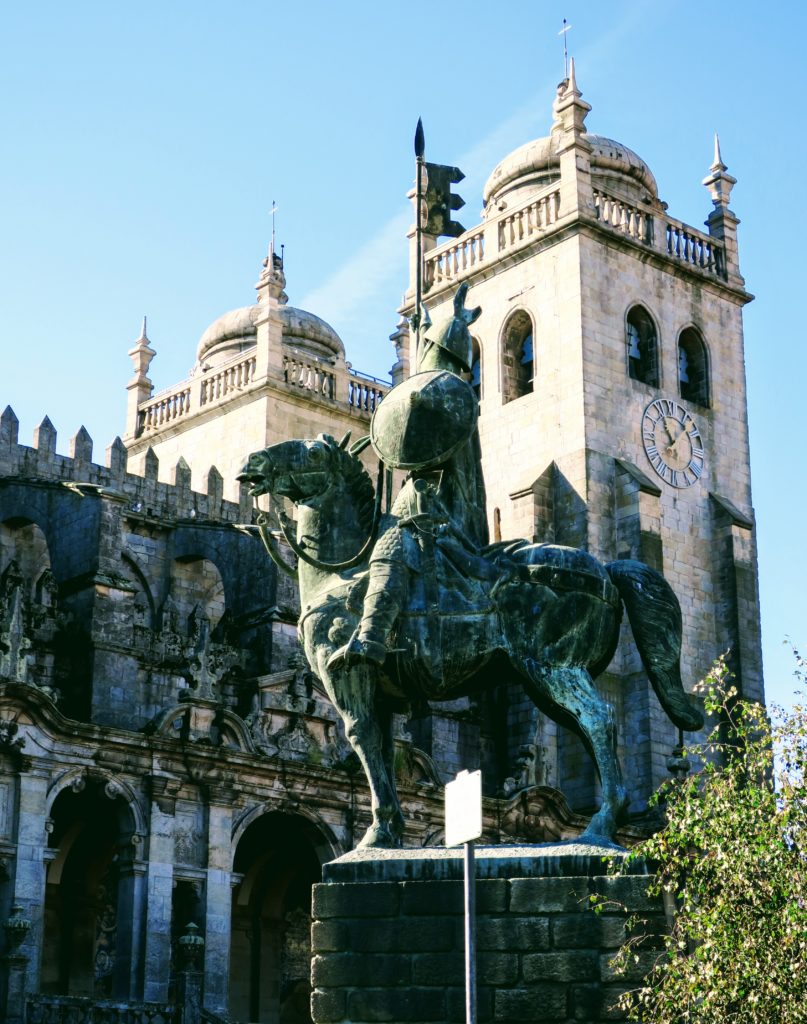 It is Portugal’s second largest city, after the capital Lisbon. With a population of 2.4 million. it is one of the major urban areas of the Iberian Peninsula (the southwestern corner of Europe). It is also one of the oldest European cities, its historical founding dating back to 300 BC. Porto was inhabited by the Celtic people, then it became a Roman outpost and was subsequently invaded by the Moors in 711 – its influence still visible in the city. Power over the territory was greatly disputed for over 800 years, ultimately becoming an independent kingdom under Christian control in the 1000’s.
It is Portugal’s second largest city, after the capital Lisbon. With a population of 2.4 million. it is one of the major urban areas of the Iberian Peninsula (the southwestern corner of Europe). It is also one of the oldest European cities, its historical founding dating back to 300 BC. Porto was inhabited by the Celtic people, then it became a Roman outpost and was subsequently invaded by the Moors in 711 – its influence still visible in the city. Power over the territory was greatly disputed for over 800 years, ultimately becoming an independent kingdom under Christian control in the 1000’s.
Other than the endless hills, the other thing that stands out in Oporto are the tiles. Azulejo are Portuguese painted tin-glazed ceramic tile that adorn the exterior and sometimes interior of buildings. They are often used to depict important historical or culture events. Other times, their main use is as ornamental art, painting the side of the buildings in bright colours and vibrant patterns.
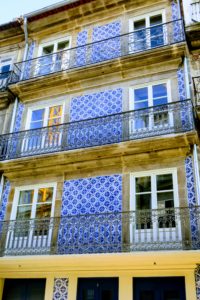
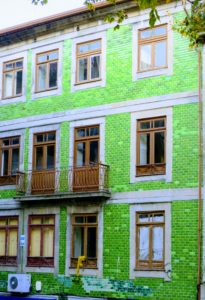
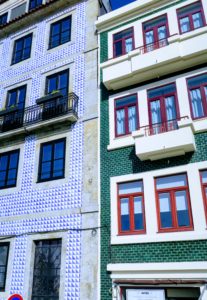
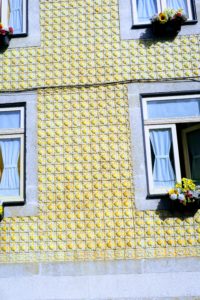

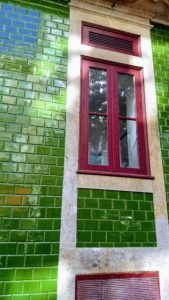
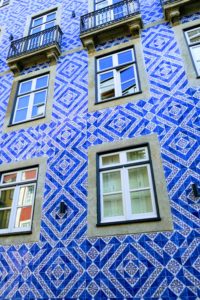
One example of stunning azulejo is the church ‘Igreja do Carmo’. Its Rococo/Baroque style dates back to the second half of the 18th century. The side facade of Carmo Church is lined with a large panel of tiles , depicting scenes alluding to the foundation of the Carmelite Order and Mount Carmel.
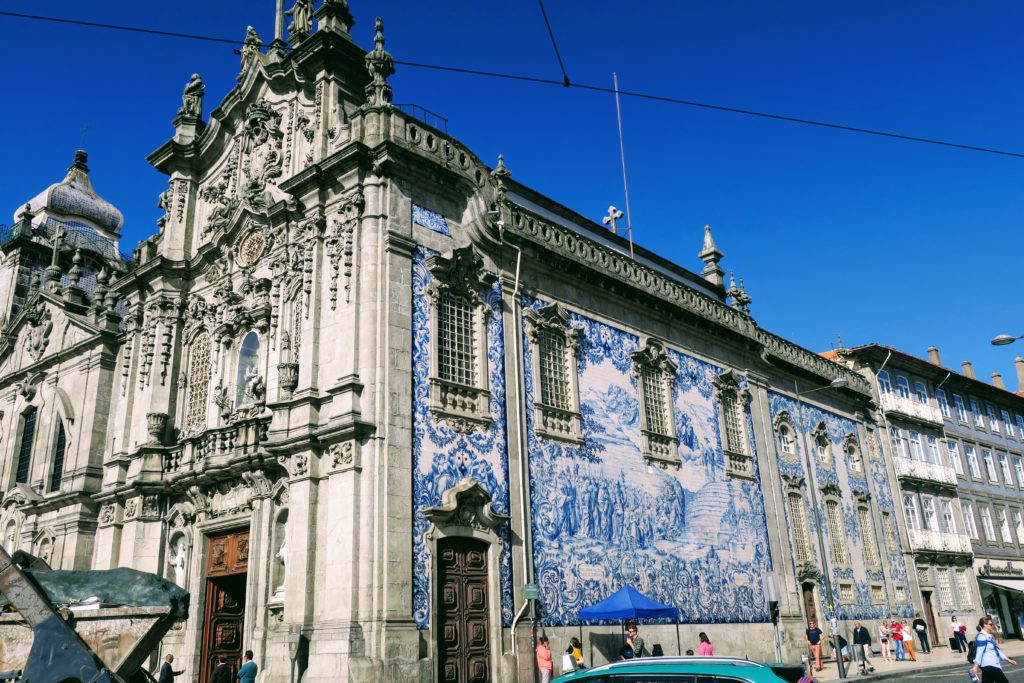
The interior is as stunning as the exterior. Elaborate gold carvings cover ever wall and the effect is almost blinding upon entering.
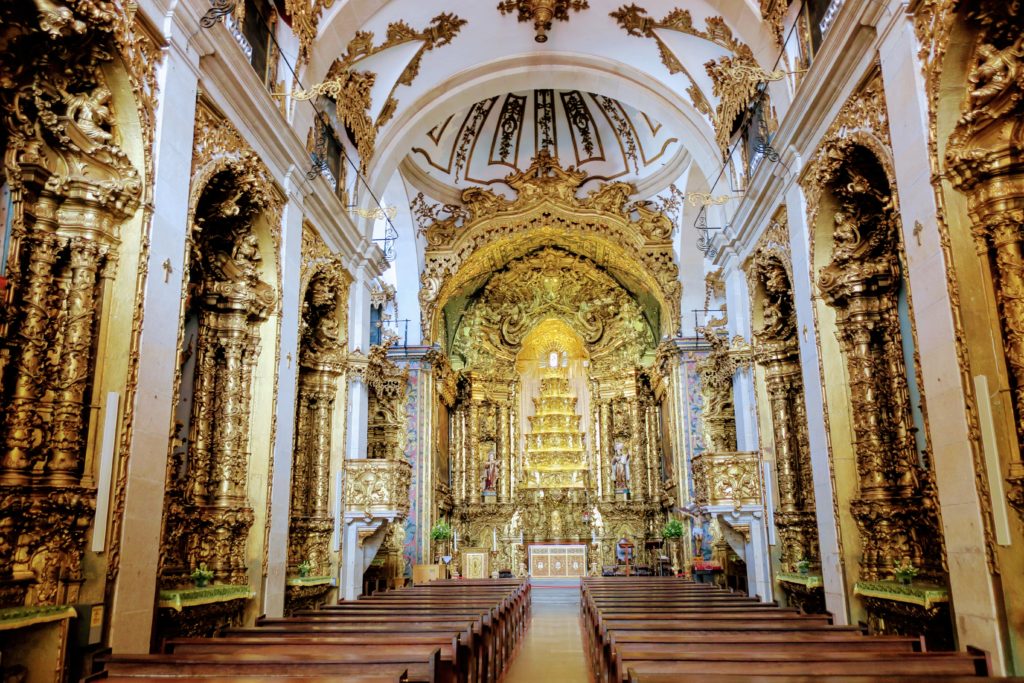
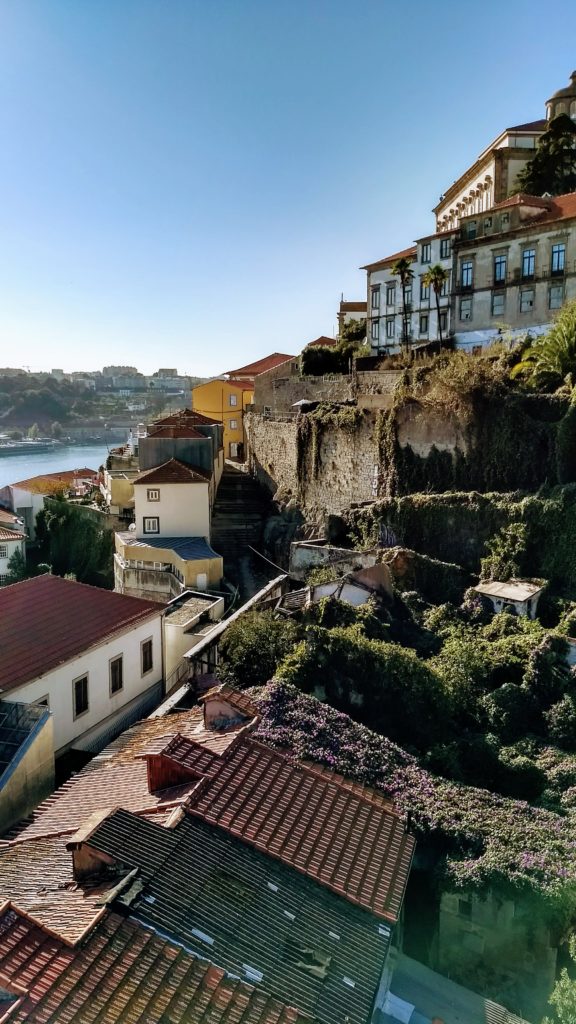 The entire historical core was deemed a UNESCO World Heritage Site; it’s no wonder that Porto was voted The Best European Destination for 2017. This is a city with personality. It oozes character. Porto is gritty, in your face and unapologetic. Its buildings are faded, the paint peeling, there’s graffiti in most public places. This is a city that knows what it has to offer and stands behind it. You can either take or leave it.
The entire historical core was deemed a UNESCO World Heritage Site; it’s no wonder that Porto was voted The Best European Destination for 2017. This is a city with personality. It oozes character. Porto is gritty, in your face and unapologetic. Its buildings are faded, the paint peeling, there’s graffiti in most public places. This is a city that knows what it has to offer and stands behind it. You can either take or leave it.
And oh boy, should you take it! Certain cities have that ‘je ne sais quoi’ essence to them; something intangible and often hard to describe, something that pulls you in. Porto has soul. Porto has heart and it wears it right out on its sleeve.
The other thing that Porto has is hills. And then more hills. And other hills. Armed with a good pair of shoes, I went up and down, up and down and up and down for 2 days, soaking in all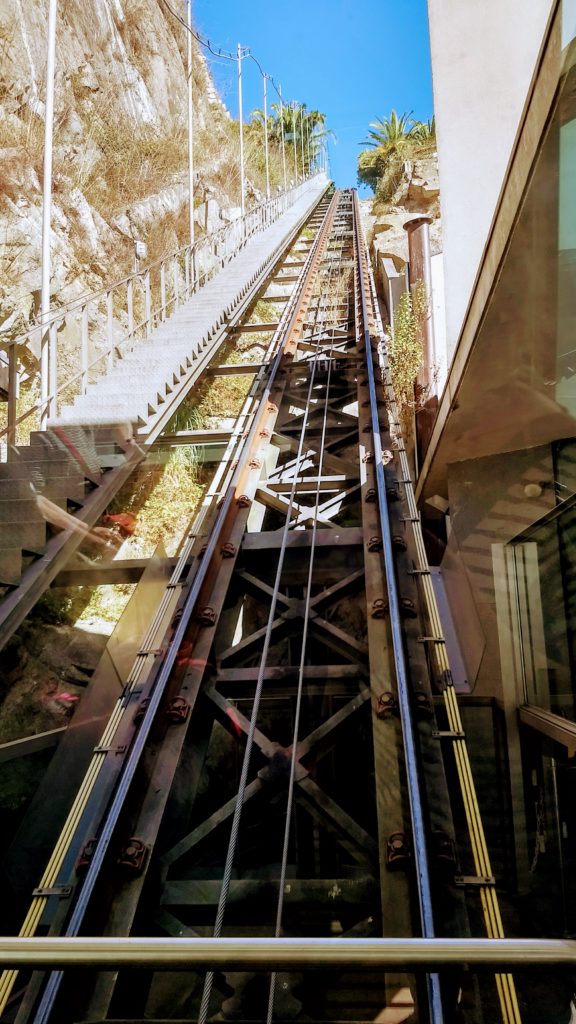 that Oporto had to offer.
that Oporto had to offer.
There are 2 big advantages to touring on hilly terrain: alternative methods of transportation and breathtaking views. The first was a happy accident I stumbled upon. In the hot afternoon sun, I was less than enthusiastically facing a steep uphill climb along a narrow road. I wandered further hoping to find a gentler slope and found a funicular instead. These old-fashioned trams carry passengers up the hill for a nominal fee. Sold!
Another novel option is the ‘Teleferico de Gaia’. A cable car, it connects the Gaia riverside promenade to the upper deck of D. Luis I bridge. The ride takes about 10minutes and gives you spectacular views of the city and Douro river.
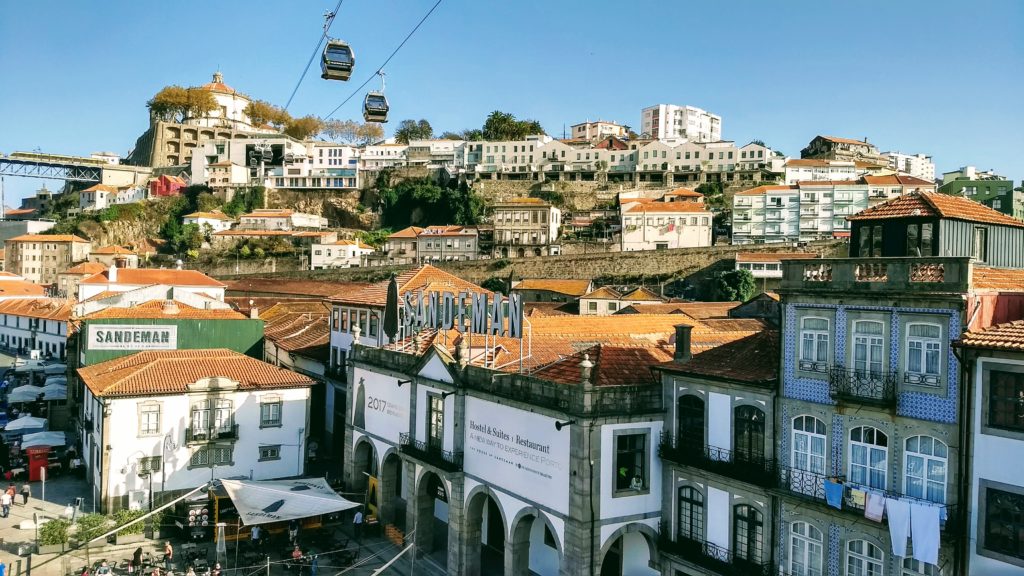 View of the ‘Teleferico de Gaia’ (above). View from the ‘Teleferico de Gaia’ (below)
View of the ‘Teleferico de Gaia’ (above). View from the ‘Teleferico de Gaia’ (below)
And the views? What can I say? Words fail in describing the beauty of Porto.
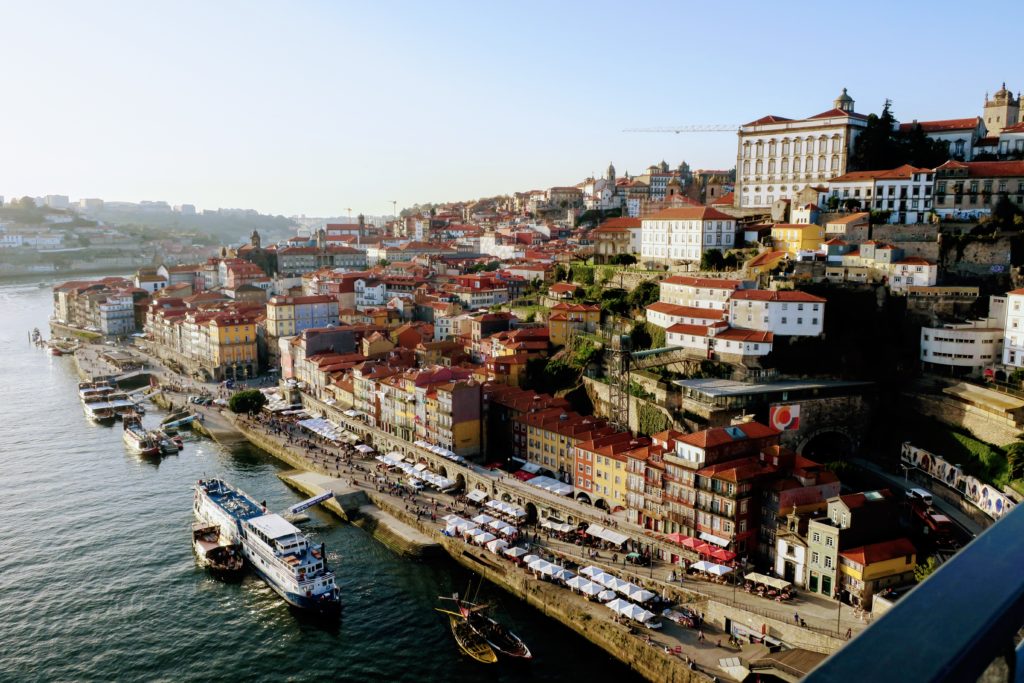
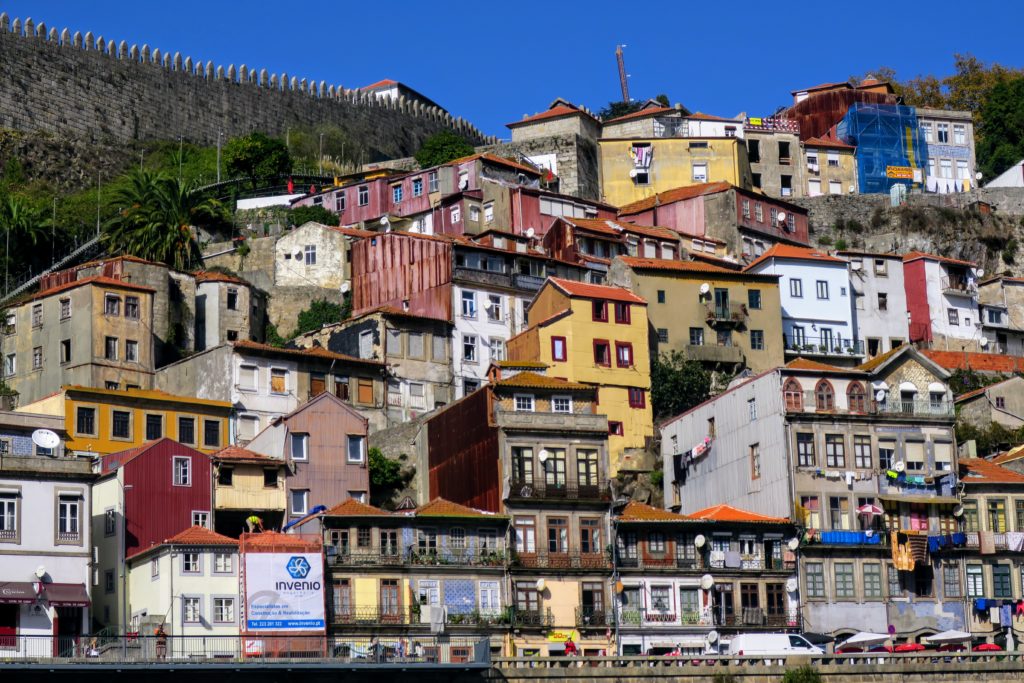
The views of the river are stunning, and the views from the river are just as fantastic. Cafes line the river bank and vendors entice visitors to join boat tours of the Douro.
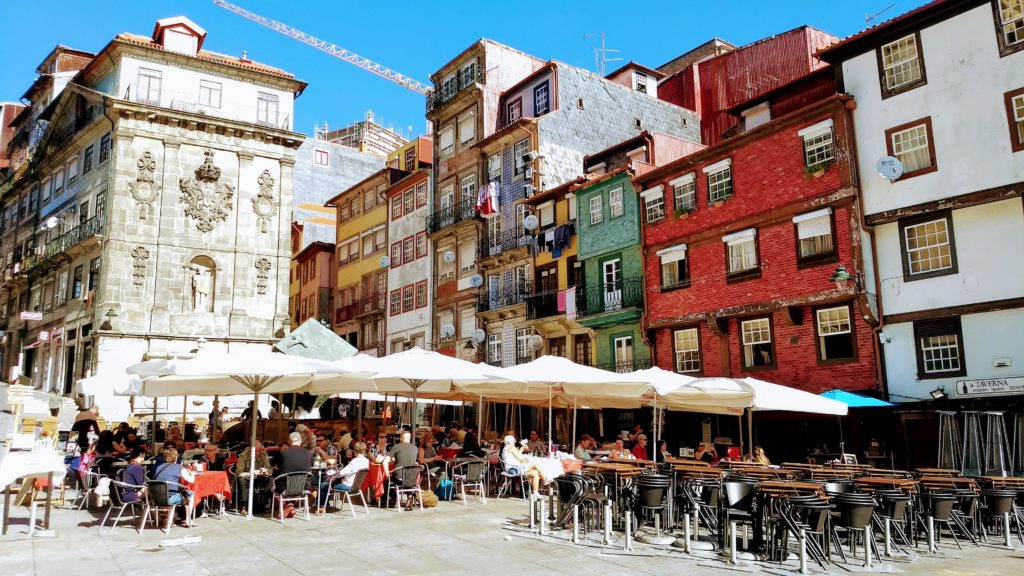
The Douro river, which splits the city in two, has played an important role in its history. Porto is known international for its sweetest export: port wine. As of the 13th century, barcos rabelos (flat sailing vessels) were transporting port wine from the Douro valley where it was produced to the city of Porto for storing and selling. The river is no longer needed in this way and barcos rabelos are now cruise vessels.
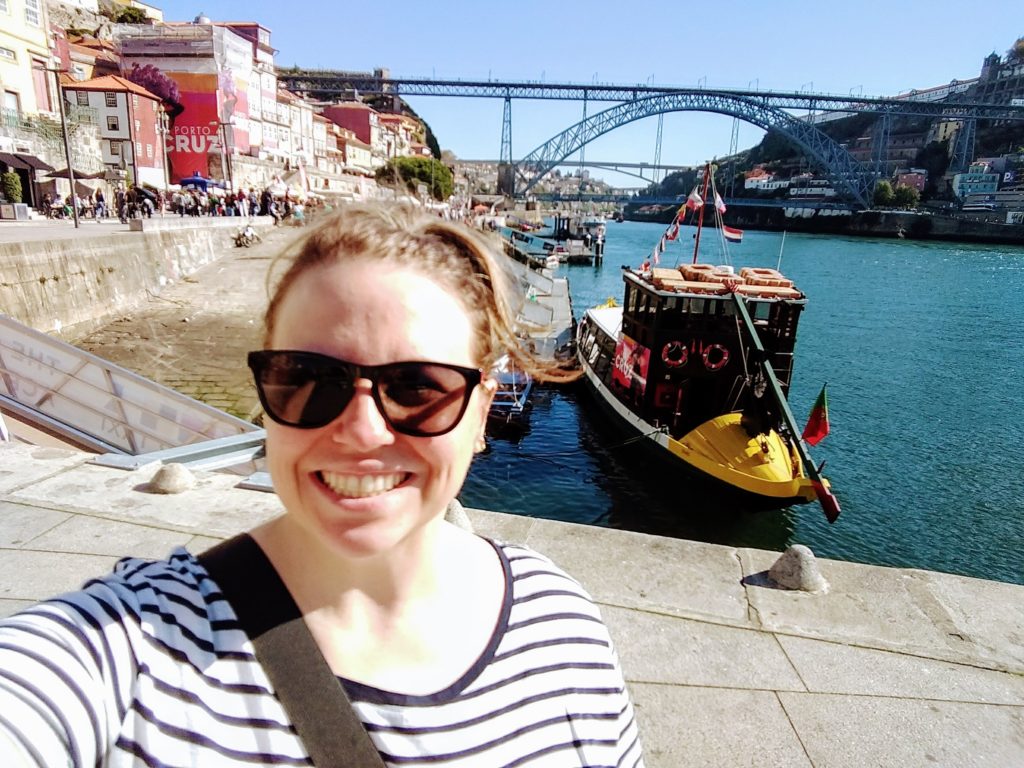 Dom Luis I bridge in the background, towering over the Douro
Dom Luis I bridge in the background, towering over the Douro
 A visit to Oporto would never be complete without sampling some of the local produce…. as they ‘when in Rome’….
A visit to Oporto would never be complete without sampling some of the local produce…. as they ‘when in Rome’….
Port is a fortified wine, made exclusively in the Douro valley in Northern Portugal. It is a sweet, often red wine. However, white port does exist and it is delicious. Typically served as a dessert wine, it can also be an ‘aperitif’ or used as a base for cocktails. Felicidades!
Most port houses are found on the lovely waterfront city of Vila Nova de Gaia, a suburb of Porto, just across the Douro. Porto Cruz is such a house and offers a self guided tour through their museum finishing with a rooftop terrace where one can enjoy a port cocktail and take in the view. (the featured photo at the top of this post was taken from the rooftop bar at Porto Cruz)
Another great place to enjoy a cocktail is The Majestic Cafe, in the centre of the city. Opened since the 1920’s, it’s still delivers an ambiance of Paris’ ‘La Belle Époque’, where the glamorous and elite come to mingle. And continuing on the unexpected Harry Potter tour through Europe I seemed to be on, the cafe was a favoured spot of Potter author J.K. Rowling. Prior to her rise to fame, Rowling taught English in Porto and started the early writings of the first novel at the cafe.
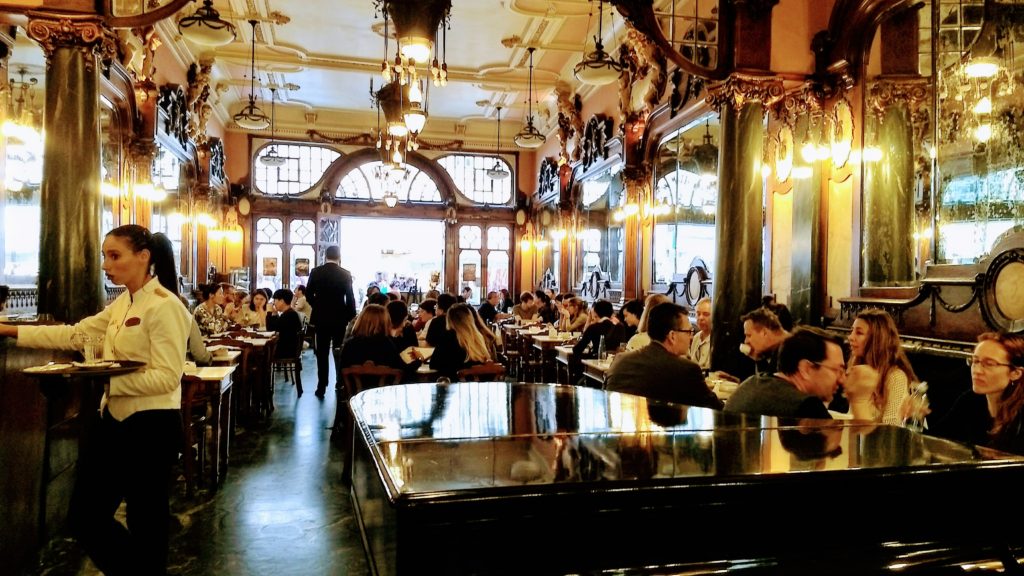
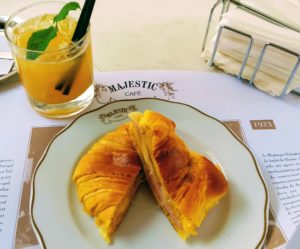
 Another essential part of Portuguese life is fishing. Historically, they’ve relied on the commercial aspects of fishing as well as a source of food. Portugal has one of the highest fish consumption per capita.. Elder Portuguese men are often spotted fishing of the pier. As for me, I prefer my fish grilled.
Another essential part of Portuguese life is fishing. Historically, they’ve relied on the commercial aspects of fishing as well as a source of food. Portugal has one of the highest fish consumption per capita.. Elder Portuguese men are often spotted fishing of the pier. As for me, I prefer my fish grilled.
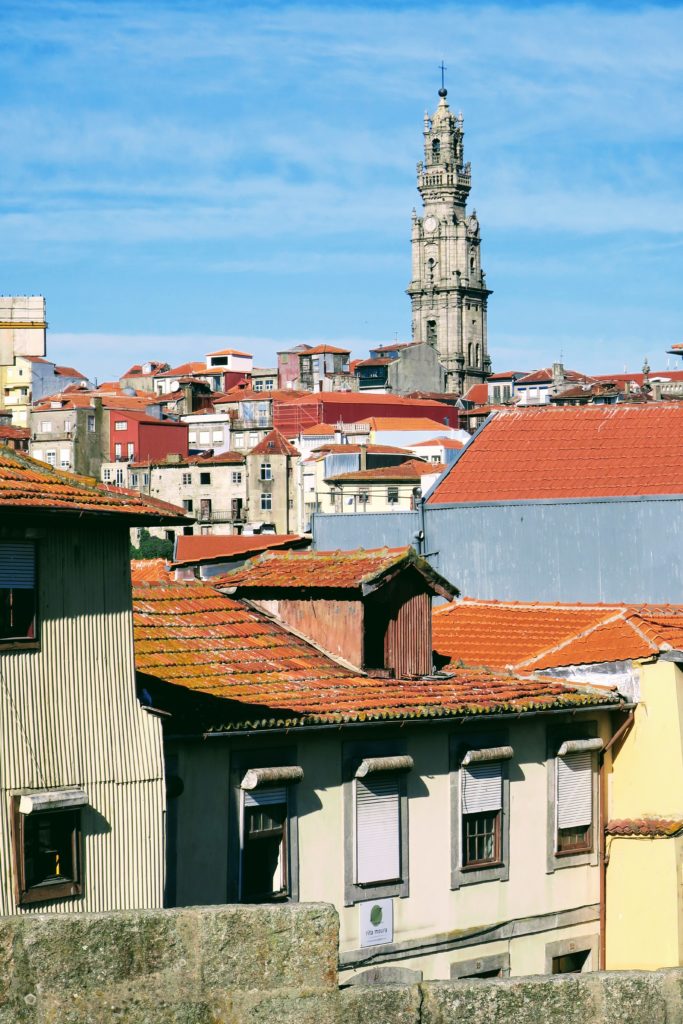
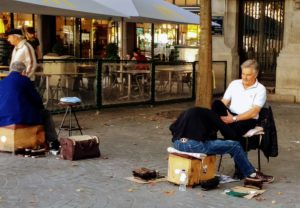 Portuguese men keep the shoe shining business alive in Porto
Portuguese men keep the shoe shining business alive in Porto
My time in Porto was truly delightful. Fantastic food and wine, beautiful sunshine and plenty of culture. What more can you ask for in a travel destination?

Buone journa senorita.